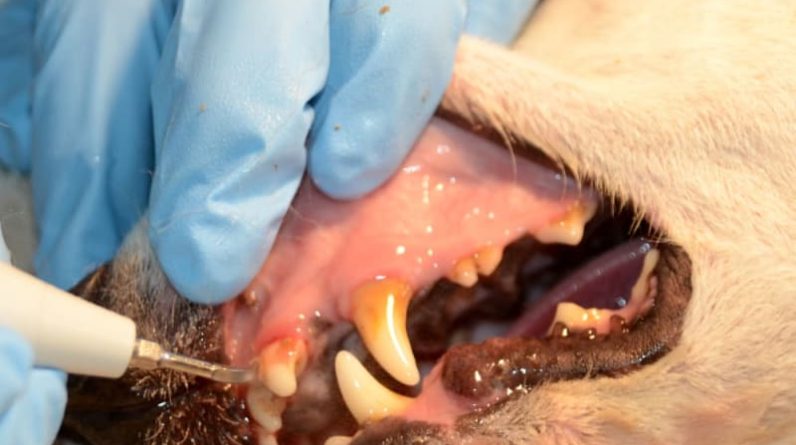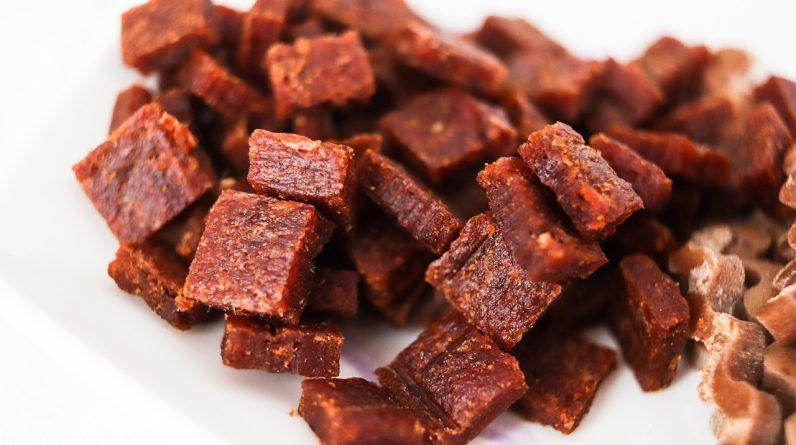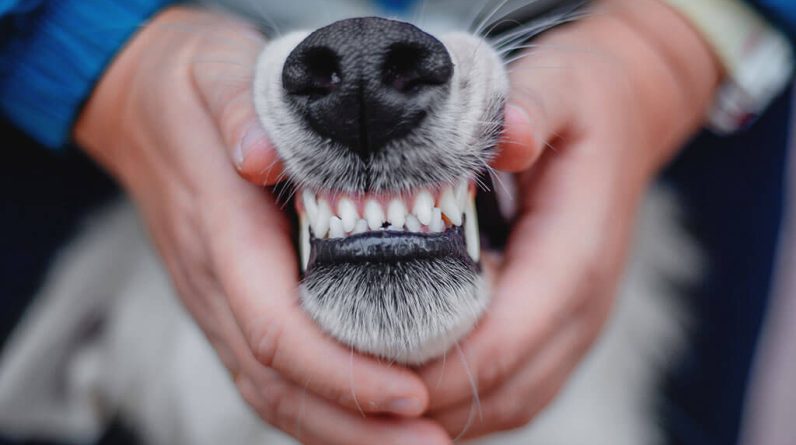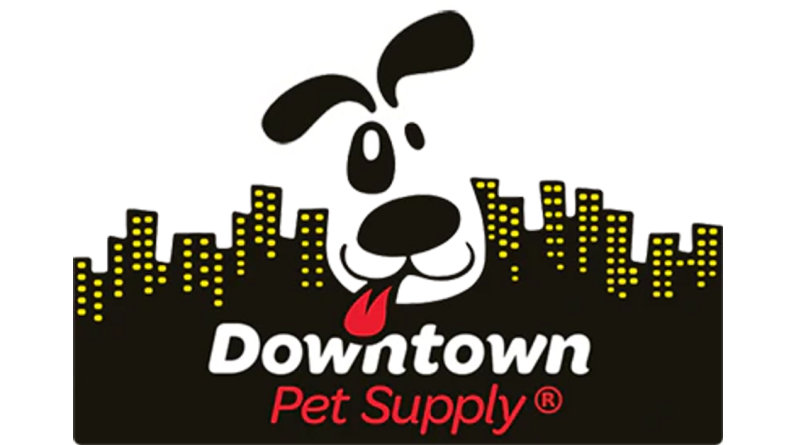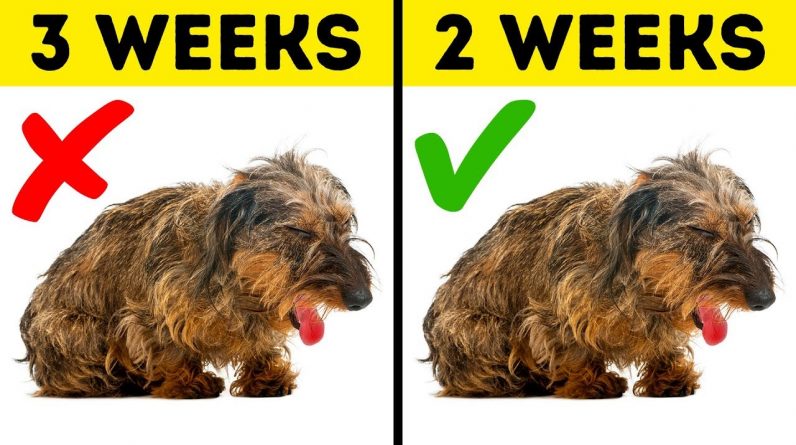
In spite of the fact that appropriate pet dog dental care is essential to good health in your pooch, statistics reveal that two-thirds of all animal owners do not take care of their animals’ teeth as suggested by their veterinarians. The unfortunate outcome of this lack of oral care is that 80 percent of all canines have signs of oral illness by their 3rd birthday. Due to the fact that oral issues can affect other areas of your pet’s body, consisting of the lungs, kidneys, and heart, it is essential that you care for your family pet’s teeth right from the really start of his life. Here’s everything you need to understand about oral look after dogs.
Understanding periodontal disease
Gum illness can end up being a major problem for your dog if left uncontrolled. The first sign of difficulty is typically intense “doggy” breath. So, if you begin to discover this issue, contact your veterinarian for an oral exam.
Ad
The very first stage of periodontal illness is typically plaque, or a bacterial film on the surface area of the teeth. In the early phases, plaque can be easily dislodged when you brush your canine’s teeth. It can also come off when your canine chews on tough toys or food. If the plaque remains on the teeth, the bacteria will connect to the teeth and calcify due to the calcium in your dog’s saliva. This difficult surface area becomes tartar, and more plaque will build up on top of it. Unchecked plaque can cause gingivitis, obvious by red, swollen, and inflamed gums that bleed quickly.
As soon as your dog reaches this stage of plaque, it will take an expert cleaning to get the tartar off of their teeth and heal their gums. If the plaque is ignored, an infection can form around the root of the tooth. Progression will include the wear and tear of the tissue surrounding the tooth, the erosion of the tooth socket, and a loose tooth. This procedure is just about as fun as it sounds, and can most definitely hurt for your pet dog. The bright side is that routine dental care can avoid this whole nasty process from occurring in the very first location.
Veterinary dental care
Your dog’s dental care should begin in the pup stage of life. Your vet needs to check your pup for a number of issues, consisting of any missing out on teeth or unusual swelling. Once your family pet goes through the puppy phase, your vet will manage their dental care with routine evaluations and cleansings. In the later years of your dog’s life, your vet will start checking for plaque and tartar buildup that need to be professionally cleaned, developmental issues, tumors in the mouth, and progressive periodontal illness.
Generally, your canine can get an oral examination throughout their regular checkup, but for cleansings, pet dogs typically require anesthesia. Your pet dog might need a cleansing and more extensive assessment of this nature every year, beginning at age 1 for smaller canines, and at 2 years for larger types.
Common veterinary oral treatments
- A pre-anesthetic test. This occurs before administering any kind of anesthesia to your pet dog. This will ensure that your family pet is healthy enough to manage anesthesia. The test might include X-rays, urinalysis, blood tests, and an electrocardiograph. Sometimes a basic visual assessment will be sufficient, depending on your canine’s age and physical condition. While there are constantly some risks involved with anesthesia, this examination can do much to decrease those threats to your pet.
- Anesthesia monitoring. This tracks your canine’s essential signs while they are under anesthesia. These essential indications include your pet dog’s respiration, body temperature, and heart rate. This info ensures your dog is safe while under anesthesia.
- Oral X-rays. These images give your vet a more detailed take a look at your canine’s overall oral health. Dental X-rays can help a vet detect irregularities in the mouth that might not be visible with a routine evaluation. While these X-rays might cause the requirement of pulling loose or infected teeth, this process can be an essential action in keeping your canine healthy.
- Scaling and polishing. These procedures resemble some you get at your dental expert’s workplace. The instruments used to get rid of the plaque on your dog’s teeth resemble the ones that would be utilized on you. Your vet may also polish your pet’s teeth to smooth out rough locations and complete the cleansing process. The vet might apply a barrier compound, like fluoride, which will assist prevent future plaque while strengthening your canine’s teeth.
Caring for your pet dog’s teeth in the house
Taking your pooch to the veterinarian for routine oral care is just the beginning. It is necessary for pet owners to brush their pets’ teeth in the house routinely as well. Special materials for brushing canine teeth are readily available at many veterinary workplaces and family pet supply stores.
By taking these basic actions to keep your pet’s teeth and mouth healthy, you will go far in keeping the rest of your pup healthy likewise. Some studies show that you can amount to five years to the life of your family pet by adhering to a schedule for responsible oral care. Speak with your veterinarian today about how to keep your pet dog healthy, and delighted, through routine oral care.
Proper dental look after dogs is essential to keep your dog’s health. Here’s whatever you require to learn about oral care for pets.


